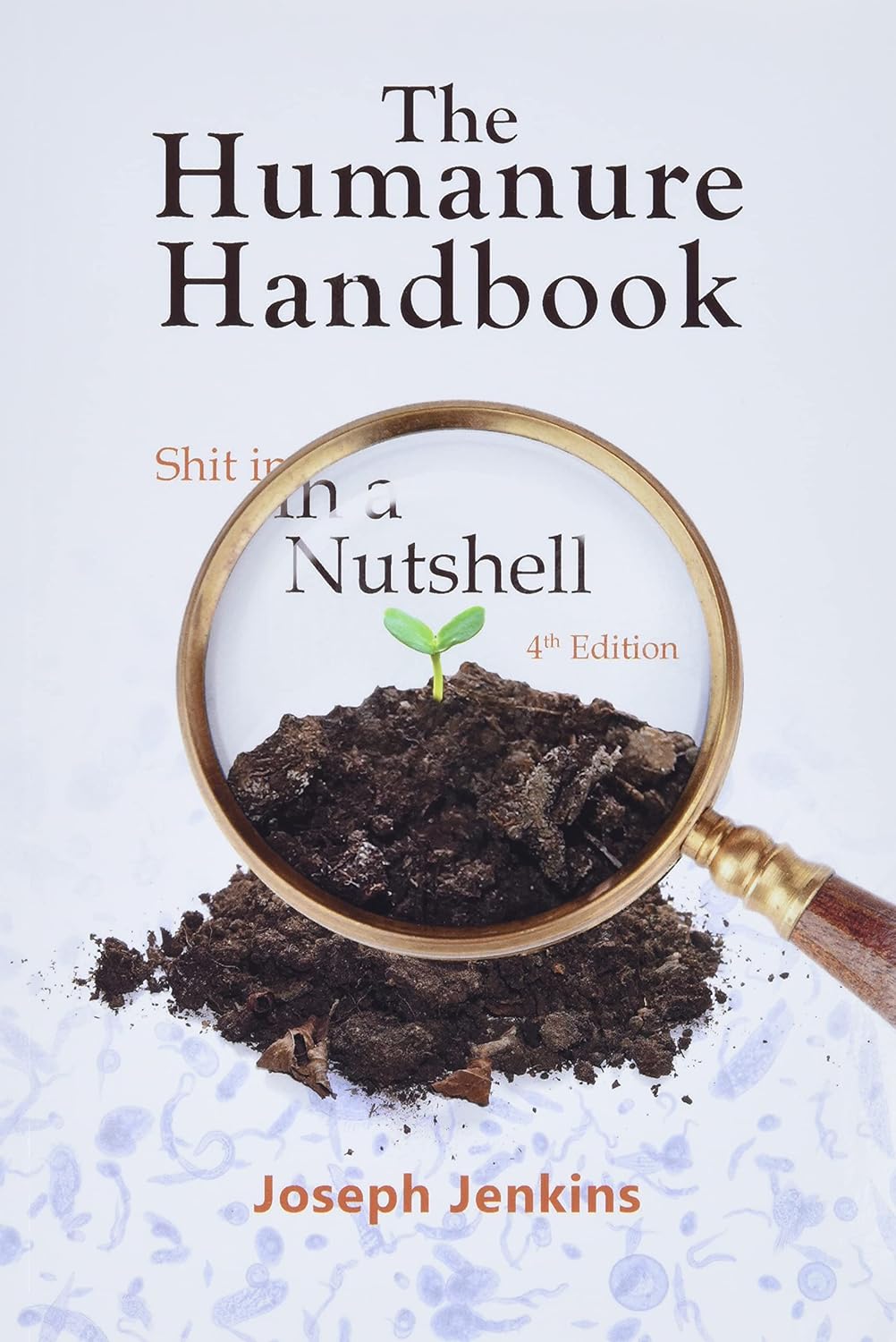You need calories, first and foremost, if you don’t want to starve to death. Here are the top three crops in terms of calorie density:
1. Corn
2. Potatoes
3. Peanuts.Both corn and potatoes will yield approximately 15 million calories per acre using conventional agriculture techniques, while peanuts yield about 11 million calories per acre. Figure in the fact that most people growing these crops aren’t farmers, add in losses from weather and pest and yields will still be pretty healthy at an average 10, 10 and 7 million calories/acre.
The average person requires from 750,000 to 1 million calories per year to maintain weight and health.
Other things worth growing include Peredovik oilseed sunflowers, which produce around 5 million calories/acre and are a source of cooking oil if you have a small hand-cranked oil press, and squash, preferably the winter variety like an improved Butternut type at around 6 million calories/acre.
Beets are a fairly high-caloric crop at around 10 million calories/acre in a good year, and while good for women, their iron content can be problematic for older men who shouldn’t get too much iron due to heart issues. Jerusalem artichokes have a caloric content equal to potatoes, but almost all people have very serious digestive issues with them, and thus should be avoided.
Unless you have a LOT of arable land, I wouldn’t bother with planting much wheat, as it produces around 4 million calories per acre, and beans only produce about 2.5 million calories/acre.
If you’re planning long-term, a fruit and/or nut orchard fruit will produce, in a good year, around 8 million calories per acre if planted densely with mature, full-size trees.
Bottom line, plant for calories, not taste. If you want a small patch of tomatoes, etc., go ahead, but realize that their caloric content is minimal. As for the argument that some of the green plants like spinach and lettuce provide minerals, it would be a better idea to stock up on some trace mineral vitamins instead of devoting much space to them. If you really desire minerals, old timers used to tap a maple tree (any variety) in late winter/early spring and consume a glass of the unreduced sap daily, as it’s a wonderful mineral tonic.
Obtaining a copy of The Humanure Handbook, [link to www.amazon.com (secure)] is an excellent idea, as you can then cultivate a constant renewable source of useful fertilizer.
One final thing: get a number of big bags of 10-10-10 fertilizer, and store them where they’ll stay dry. The yields given above depend on a certain degree of fertilizer input, and will be as much as 30%-50% lower without it.
Hope that some here find this useful, and the post doesn’t just go into the bin as so many do.” – Anonymous Poster (AC)



